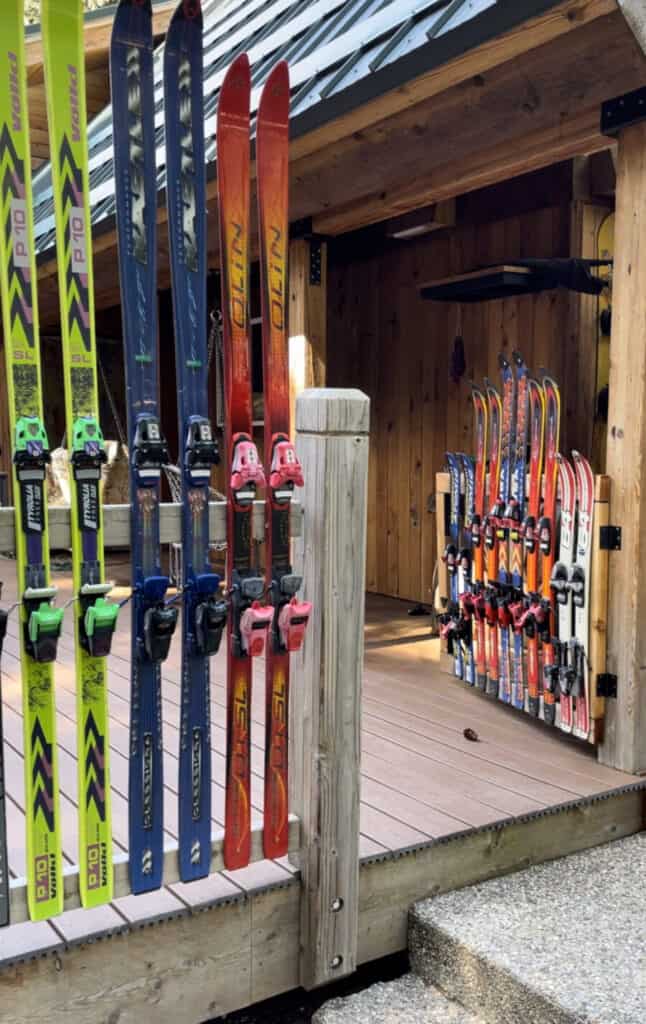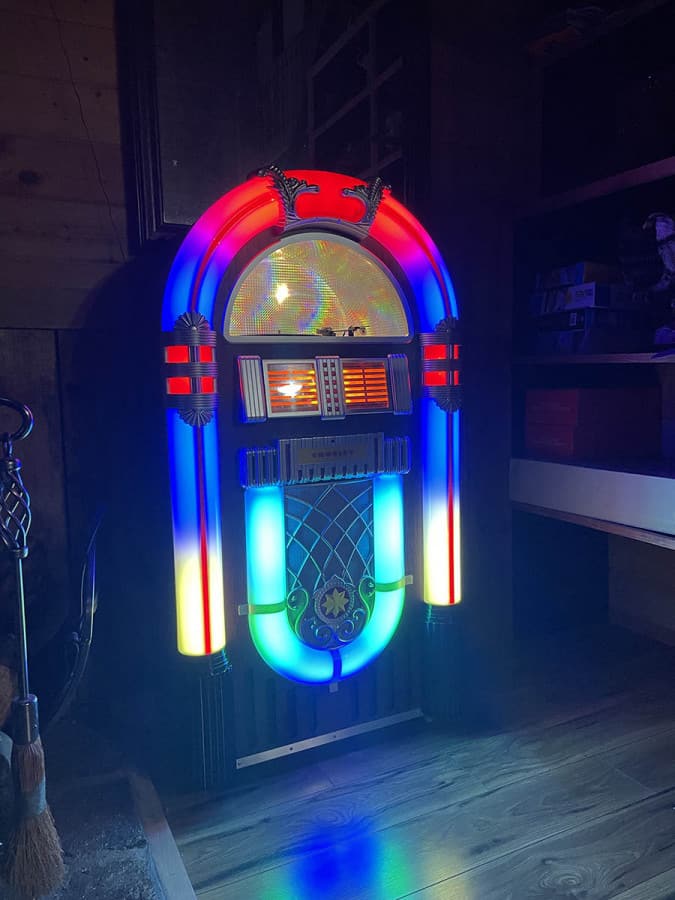Best Material for Soffit Vents and Tips for Preventing Rodent and Bird Damage
Soffit vents are an important part of your home’s exterior, as they help to ventilate the attic and prevent moisture from building up. When choosing soffit vents, it is important to select a material that is durable, resistant to pests, are long lasting, and easy to maintain. If you have a new house, shop or other structure being built, it’s certainly worth looking at upgrading the soffit vents now, before they potentially have issues later. Material Options for Soffit Vents The best material for soffit vents is stainless steel. Stainless steel is highly durable, resistant to rust and corrosion, and easy to clean. It is also pest-resistant, so you don’t have to worry about rodents or birds chewing through the vents. If the stainless steel mesh is merely stapled on, they could however allow pests to eventually push them loose. This happen on my sister’s house, and birds were able to get into the attic. Other materials that are commonly used for soffit vents include aluminum and vinyl or a fibermesh. Aluminum is also a good choice, as it is durable and resistant to rust. However, it is not as strong as stainless steel and can be more easily damaged by pests. Vinyl is the least expensive option, but it is also the least durable and can become brittle and crack over time. Here’s a picture of our soffit vents where the squirrels chewed through. In total, they chewed through four different locations. If you have had problems with rodents or birds chewing through your soffit vents, there are a few things you can do to prevent this from happening again: At our cabin, I had to deal with squirrels that chewed through the fibermesh screens. Squirrels Chewing Through Soffit Vents at My Cabin Earlier this year, I started to notice that some of the soffit vents at my cabin were damaged. I could see holes in the screens, and there was evidence of squirrels chewing on the wood. After believing I had eradicated the squirrels, I didn’t want to take the chance of trapping any inside. I ended up duct taping some paper over the damaged soffit screen areas to make sure there wasn’t any signs of squirrels trying to chew their way back out (or into the cabin). For this repair, I had to remove the fascia board and tongue and groove soffits in order to access the vents. I then replaced the vents with stainless steel hardware cloth. I bought a roll of hardware cloth from the local hardware store. Unfortunately, they didn’t have any smaller rolls, so I have to buy one that was about 3 feet wide. The plan was to cut them down to size with an angle grinder, but I was out of cutting discs. I didn’t have many other metal cutting tools at the cabin, but I did have my reciprocating saw with just a wood cutting blade. Fortunately, the wood cutting blade was able to go through the stainless steel hardware cloth fairly easily. Make Your Soffit Vents Stronger I was told by an exterminator to make sure to use screws for attaching the new screen material. Birds and rodents can push through screen and eventually work staples loose. I’m sure as wood contracts and expands over the years, it can cause the staples to loosen on their own too. The local hardware store didn’t have many exterior wood screw options available in shorter lengths, so I ended up using 3/4″ roofing screws. This will make it much more difficult, ideally impossible, for rodents to get back in. One side of the cut out was ride on the edge of the tongue groove, so I did have to stick with only staples on the one side. Since I didn’t have a staple gun at the cabin, I bought one from the local hardware store. The gun wasn’t able to drive all the staples in, so I had to go back with a hammer to get all of them down. Additional Tips for Protecting Your Soffit Vents Here are some additional tips for preventing rodent and bird damage to your soffit vents: By following these tips, you can help to protect your soffit vents from rodent and bird damage. Best Material for Soffit Vents and Tips for Preventing Rodent and Bird Damage Soffit vents are an important part of your home’s exterior, as they help to ventilate the attic and prevent moisture from building up. When choosing soffit vents, it is important to select a material that is durable, resistant to pests, and easy to maintain. The best material for soffit vents is stainless steel. Stainless steel is highly durable, resistant to rust and corrosion, and easy to clean. It is also pest-resistant, so you don’t have to worry about rodents or birds chewing through the vents. Other materials that are commonly used for soffit vents include aluminum and vinyl. Aluminum is also a good choice, as it is durable and resistant to rust. However, it is not as strong as stainless steel and can be more easily damaged by pests. Vinyl is the least expensive option, but it is also the least durable and can become brittle and crack over time. If you have had problems with rodents or birds chewing through your soffit vents, there are a few things you can do to prevent this from happening again: Soffit Vent Fire Safety Since our cabin is in a brush fire zone, I took advantage of the free fire safety inspections our local fire department provides. The inspector actually called out the fibermesh screens in our soffit vents. A big focus for fire prevention is making sure there aren’t small areas that embers can set, eventually creating a fire. Replacing the soffit vents with stainless steel had been on my list of to-do items, but with other projects I put it off a while longer until squirrels forced the issue. Conclusion The wrong material or not using the right fasteners
Best Material for Soffit Vents and Tips for Preventing Rodent and Bird Damage Read More »










